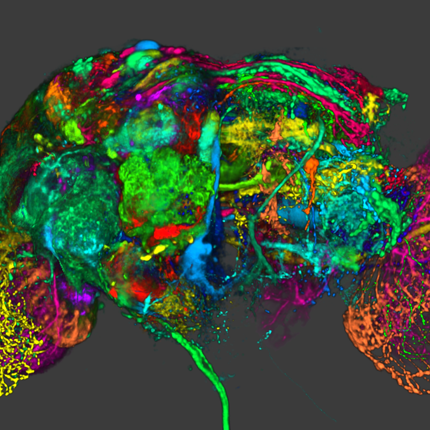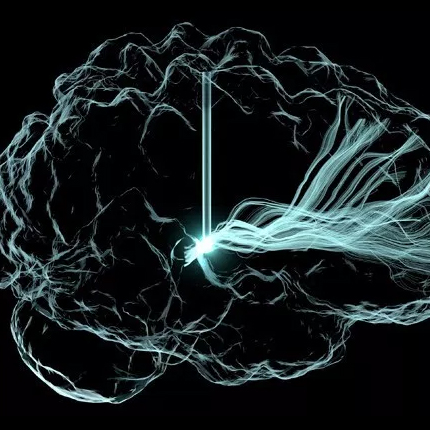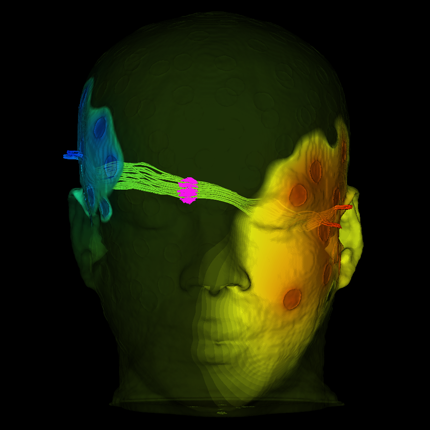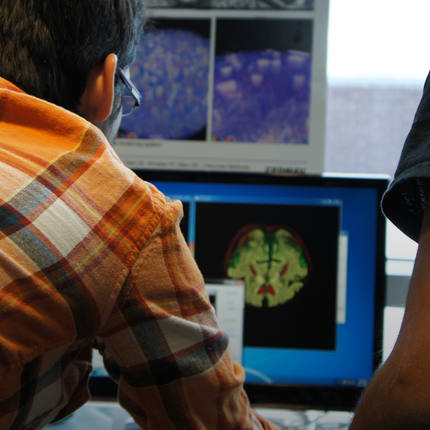Events on August 28, 2019
Will Usher Presents:
Scalable Ray Tracing Using the Distributed FrameBuffer
August 28, 2019 at 12:00pm for 1hr
Evans Conference Room, WEB 3780
Warnock Engineering Building, 3rd floor.
Abstract:
Image and data-parallel rendering across multiple nodes on high-performance computing systems is widely used in visualization to provide higher frame rates, support large data sets, and render data in situ. Specifically for in situ visualization, reducing bottlenecks incurred by the visualization and compositing is of key concern to reduce the overall simulation runtime. Moreover, prior algorithms have been designed to support either image- or data-parallel rendering and impose restrictions on the data distribution, requiring different implementations for each configuration. In this paper, we introduce the Distributed FrameBuffer, an asynchronous image-processing framework for multi-node rendering. We demonstrate that our approach achieves performance superior to the state of the art for common use cases, while providing the flexibility to support a wide range of parallel rendering algorithms and data distributions. By building on this framework, we extend the open-source ray tracing library OSPRay with a data-distributed API, enabling its use in data-distributed and in situ visualization applications.
Posted by: Steve Petruzza




